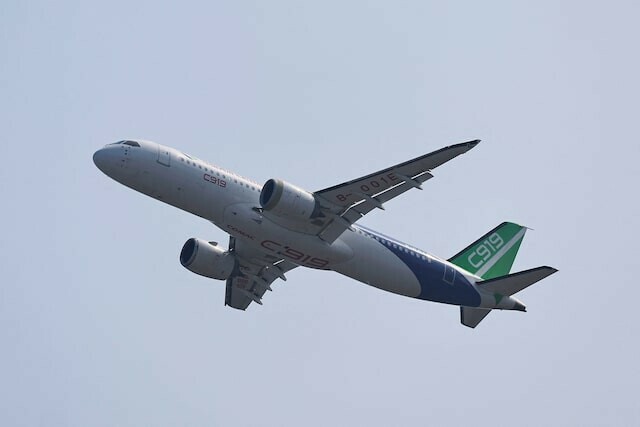SEOUL: Europe’s aviation regulator needs between three and six years to certify Chinese planemaker COMAC’s C919 single-aisle commercial jet, the agency’s executive director told a French publication on Monday.
The C919 – designed to compete with best-selling narrow-body models of dominant planemakers Airbus and Boeing – entered service in China in 2023 after winning domestic safety certification in 2022.
COMAC has previously said it was aiming for certification of the plane by the European Union Aviation Safety Agency (EASA) this year, to help it start selling internationally. The C919 currently only flies within China and Hong Kong.
“As we informed them officially, the C919 cannot be certified in 2025 … We should be certifying the C919 within three to six years,” EASA executive director Florian Guillermet told L’Usine Nouvelle in an interview published on Monday.
Most countries require their airlines to fly plane models approved by major regulators such as EASA or the U.S. Federal Aviation Administration (FAA).
Industry sources at non-Chinese lessors and airlines have consistently said they would want EASA validation of the C919 before considering the plane.
EASA, which began working with COMAC around four years ago, needs to validate the aircraft’s design and components, and to conduct test flights, Guillermet said.
“COMAC is putting a lot of resources, commitment, and technical means into this certification. I have no doubt that it will succeed.”
COMAC did not immediately respond to a request for comment.
Etihad Airways CEO says airline to add 20-22 new planes in 2025
Guillermet said COMAC was not pursuing FAA approval, Usine Nouvelle reported.
The C919 is made in China but many of its components come from overseas, including its LEAP engine which is made by GE Aerospace and French engine maker Safran.
In a bid to break into foreign markets, COMAC has placed its older and smaller C909 regional jet, which was China’s first jet engine-powered plane to reach commercial production, with airlines in Indonesia, Vietnam and Laos.
Those governments permit their airlines to operate Chinese-certified planes.


